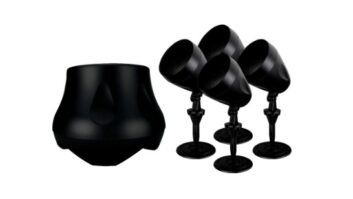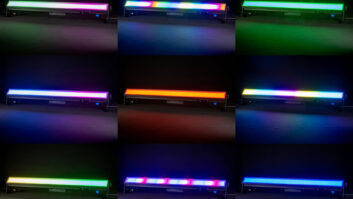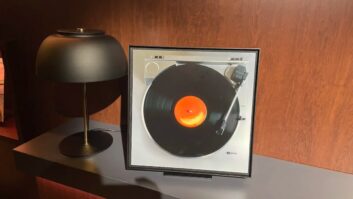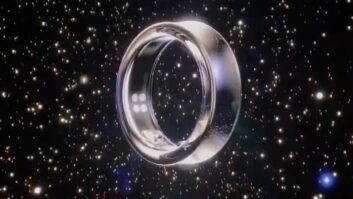LAS VEGAS – Atlantic Technology is
coming to International CES with the first production speaker incorporating H-PAS
(Hybrid Pressure Acceleration System) bass technology, which delivers targeted
bass performance with 50 percent smaller cabinets, smaller drivers and lower
costs, the company said.
Shipments of the AT-1 speaker are expected
by the end of the first quarter at an introductory price of $1,995 per pair. The
speakers, finished in gloss-black metal-flake paint, will be displayed at CES
in the Venetian Veronese 2501A.
The production version “retains
the compact size and attractive appearance” of a prototype demonstrated at the
CEDIA Expo but delivers “more acoustic weight and a more commanding and
authoritative sound,” said Atlantic president Peter Tribemen.
H-PAS, developed jointly by Atlantic and Clements/Solus Loudspeakers, breaks what
Tribeman called “the famous iron law of loudspeaker design.” Among other
things, the law states that among three major goals of speaker design – deep
bass extension, a compact enclosure and good efficiency – speaker designers
must choose two at the expense of the third, he explained.
H-PAS combines elements of bass
reflex, inverse horn, and transmission-line speaker technologies. H-PAS uses an
unusually cabinet design to cascade the technologies one to another to
pressurize and accelerate low frequencies, the company explained.
The two-way AT-1 features two 5.25-inch
drivers in an enclosure of about 1.6 cubic feet to produce bass that extends to
29Hz (-3dB) at SPLs exceeding 107dB with bass harmonic distortion of less than 3
percent, the company said. Comparable performance in a conventionally designed
loudspeaker system would require bass drivers of at least triple the size and an
enclosure at least twice as large, the company contended.
The AT-1 also uses a 1-inch low-resonance
tweeter with a crossover frequency (2,000Hz) that’s lower than usual in a
two-way system to deliver “exceptionally wide dispersion through the midrange
without the upper-midrange ‘beaming’ normally exhibited by woofers in a two-way
speaker,” the company added.













